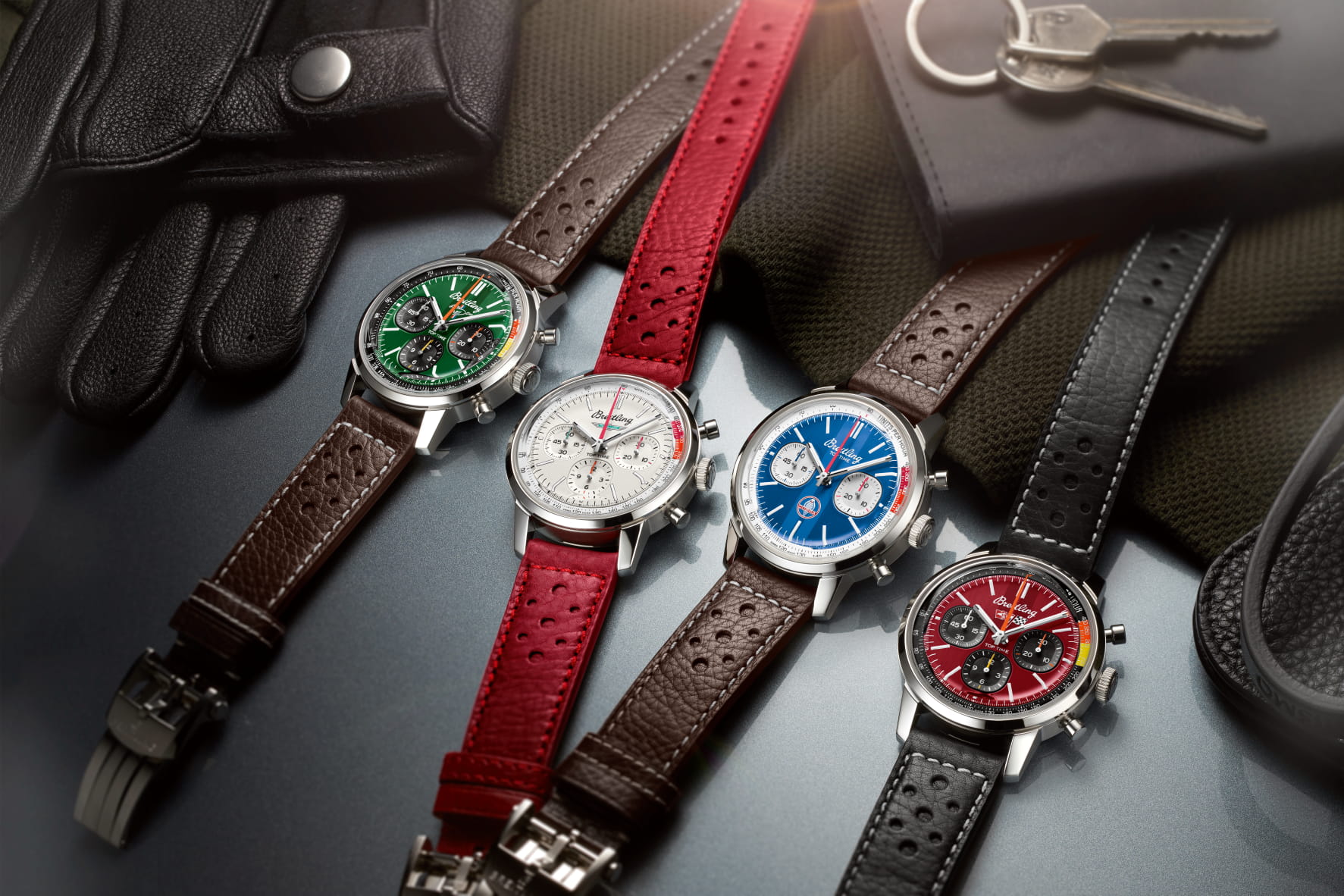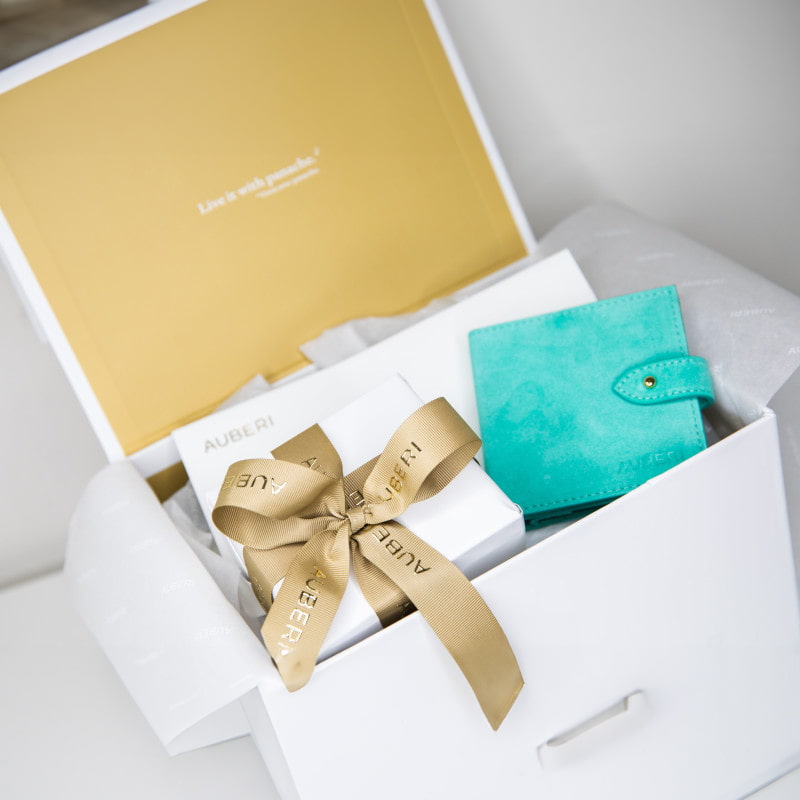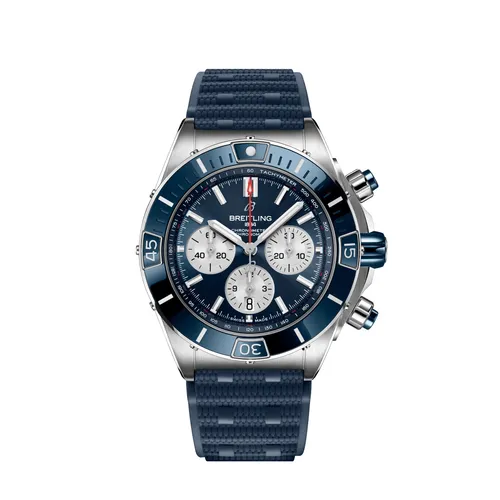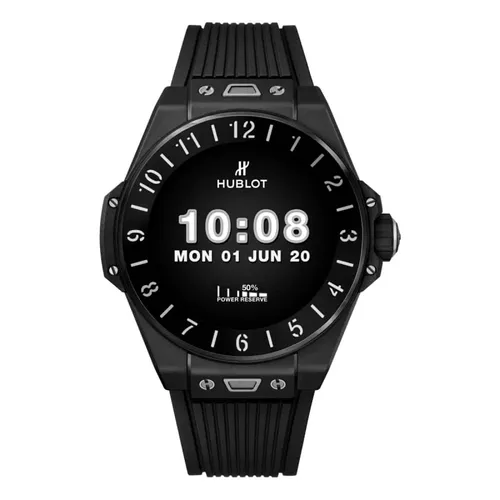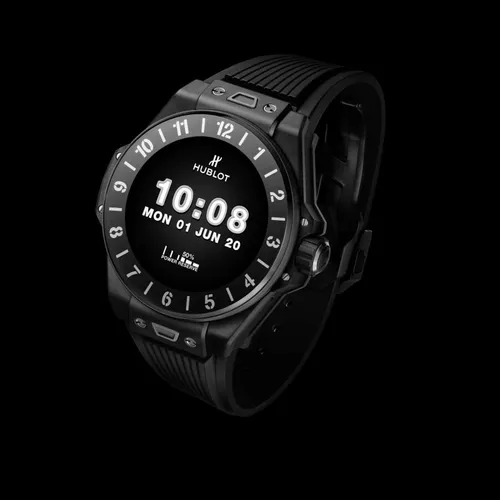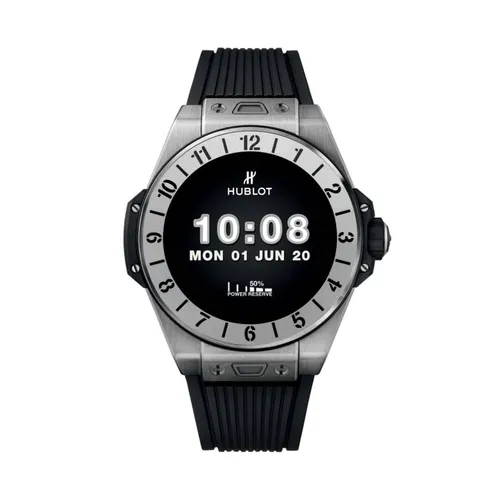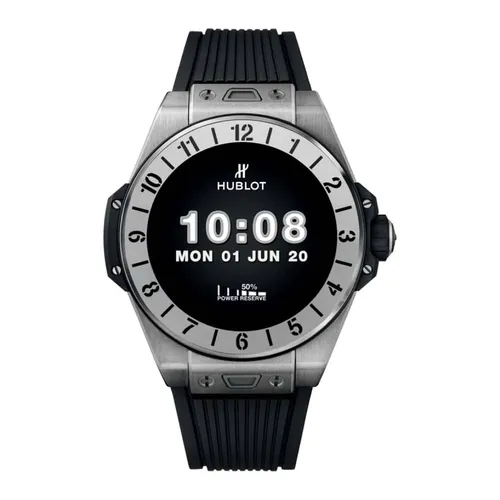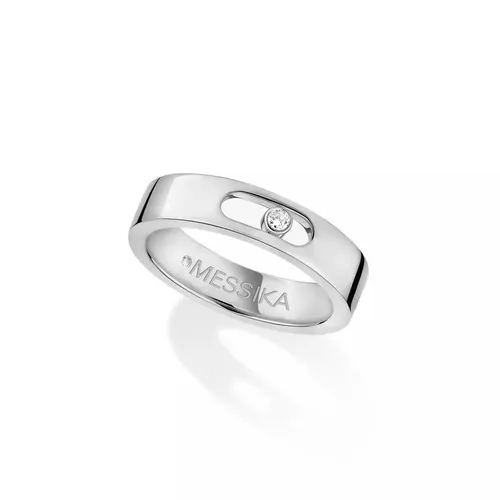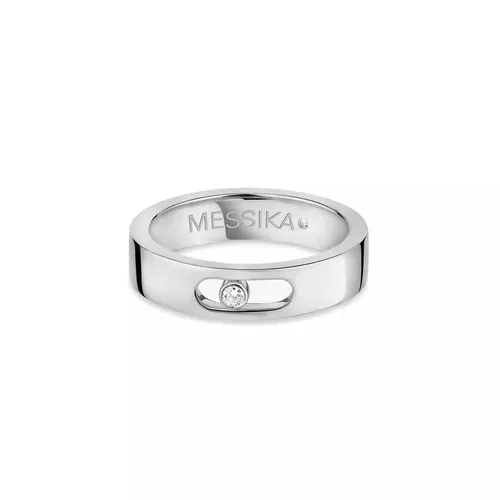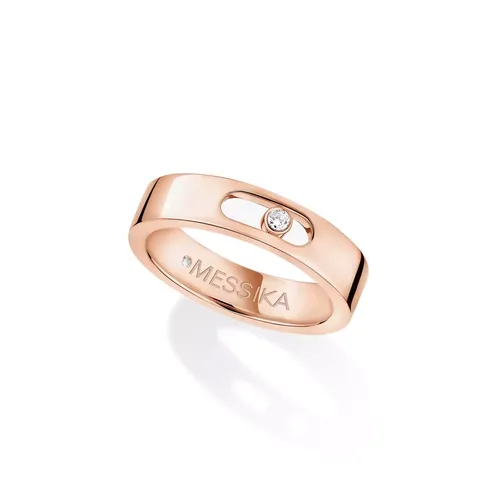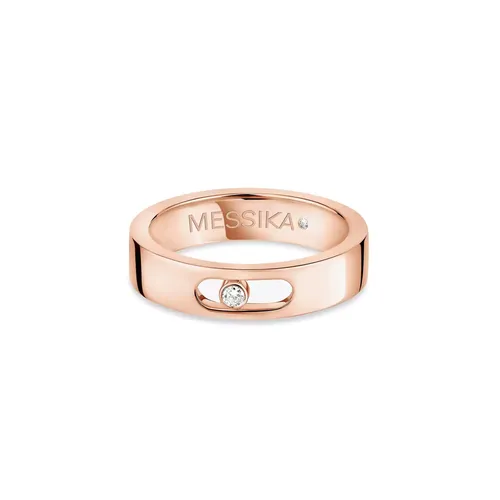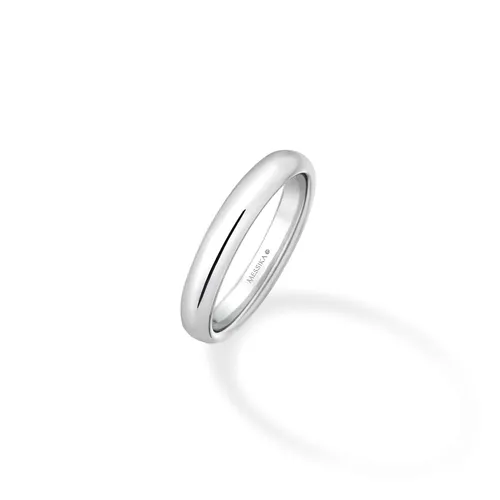Breitling
- All brands
- Rolex
-
Watches
![Tank Must de Cartier XL...]()
![Tank Must de Cartier XL...]()
Tank Must de Cartier XL Model Watch
41 mm steel case, self-winding movement, steel bracelet
5,800 €In stock![Santos-Dumont de Cartier...]()
![Santos-Dumont de Cartier...]()
Santos-Dumont de Cartier Watch Small Model
38 mm steel case, quartz movement, leather strap
4,200 €In stock![Breitling Super Chronomat...]()
![Breitling Super Chronomat...]()
Breitling Super Chronomat B01 44 watch
44 mm steel case, self-winding movement, rubber strap
9,550 €In stock![Omega Chronoscope...]()
![Omega Chronoscope...]()
Omega Chronoscope Chronograph Co-Axial Master Chronometer Watch
43 mm steel case, self-winding movement, leather strap10,000 €In stock![Omega Diver 300M...]()
![Omega Diver 300M...]()
Omega Diver 300M Chronograph Co-Axial Master Chronometer Watch
44 mm steel case, self-winding movement, rubber strap9,000 €In stock![Blancpain Fifty Fathoms...]()
![Paquet Auberi]()
Blancpain Fifty Fathoms Bathyscaphe Watch
43.6 mm ceramic case, self-winding movement, fabric strap14,850 €In stock -
Jewelry
![Messika Wedding Ring Size...]()
![Messika Wedding Ring Size...]()
Messika Wedding Ring Size 52 Diamond Paved Yellow Gold Move Joaillerie
yellow gold, white diamond
4,100 €In stock - Our stores
Which hand should you wear your wedding ring on?

The wedding ring, a universal symbol of love and commitment, is a piece of jewelry that attracts a lot of attention and questions, especially concerning which hand it should be worn on. Left ring finger, right ring finger? This choice, which may seem trivial, is actually loaded with cultural, religious, and personal meanings. Drawing on its expertise in jewelry, Auberi provides you with information and advice on how to wear a wedding ring.
Traditions and Symbolism
Historical Origins
The history of the wedding ring dates back to antiquity. The ancient Egyptians, for instance, believed that the ring finger on the left hand contained the "vein of love," a vein thought to be directly connected to the heart. This belief, although scientifically unfounded, influenced many Western cultures, laying the groundwork for the tradition of wearing the wedding ring on the left hand.
Religious Practices
Religious traditions play a crucial role in the choice of hand for wearing the wedding ring. In Christianity, for example, Catholics generally wear their wedding ring on the left ring finger, while in some branches of Protestantism, it is common to wear it on the right hand. Orthodox Christians, on the other hand, have the tradition of wearing the wedding ring on the right hand. This difference is explained by various interpretations of sacred texts and wedding rites specific to each denomination.
Cultural Symbolism
The symbolism associated with the hand on which the wedding ring is worn can vary from one culture to another. In Western Europe, the left hand is often perceived as the hand of the heart, reinforcing the idea of a direct connection with love and emotions. In contrast, in some cultures of Eastern Europe and Latin America, the right hand is considered the hand of commitment and fidelity, hence the use of this hand for wearing the wedding ring.
Contemporary Practices
Diversity of Practices
Today, the practices surrounding the wearing of wedding rings are more diverse than ever. With globalization and intercultural marriages, couples can choose to follow the traditions of a specific culture or create their own symbolism. For example, some couples choose to wear their wedding ring on the left hand during the engagement and transfer it to the right hand after the wedding.
Influence of Fashion and Personal Preferences
Fashion and personal preferences also play a significant role in the choice of hand for wearing the wedding ring. Some individuals choose their dominant hand for reasons of comfort and practicality, especially if they work in professions where their hands are highly utilized. Others may prefer to wear their wedding ring on the left or right hand based on aesthetics or personal feeling.
Special Cases and Exceptions
There are also special cases where circumstances dictate the choice of hand. For example, some left-handed individuals may find it more practical to wear their wedding ring on the right hand
The Reasons Behind the Choice of Hand
Emotional and Symbolic Factors
Emotional and symbolic reasons remain among the strongest determinants for which hand will wear the wedding ring. For many, the idea of the "vein of love" remains a powerful and romantic symbol, even if it is scientifically inaccurate. Additionally, some family traditions can strongly influence this choice, with previous generations having established norms that newlyweds wish to honor.
Social and Community Influence
Social norms and community expectations can also influence the choice of hand for wearing the wedding ring. In some societies, not following the established convention can be seen as a lack of respect or a rejection of cultural traditions. Thus, even in modern and diverse contexts, social pressure can play a significant role in this decision.
Practical and Comfort Aspects
Practical considerations should not be underestimated in the wearing of wedding jewelry. For active individuals or those who use their hands a lot in their daily work, the choice of hand may be dictated by comfort and safety. Rings worn on the dominant hand can be more prone to wear, scratches, and even accidents, leading some to choose the non-dominant hand.
The choice of which hand to wear an engagement ring or wedding band on is a personal and symbolic decision, influenced by a blend of historical traditions, religious practices, cultural symbolism, and practical considerations. Whether it's choosing a gold or silver ring, or selecting precious stones such as diamonds, sapphires, or rubies, Auberi provides expert advice to help you choose the jewelry that best suits you and your partner. Some may also decide to wear their wedding ring on a chain around their neck or on a bracelet.
